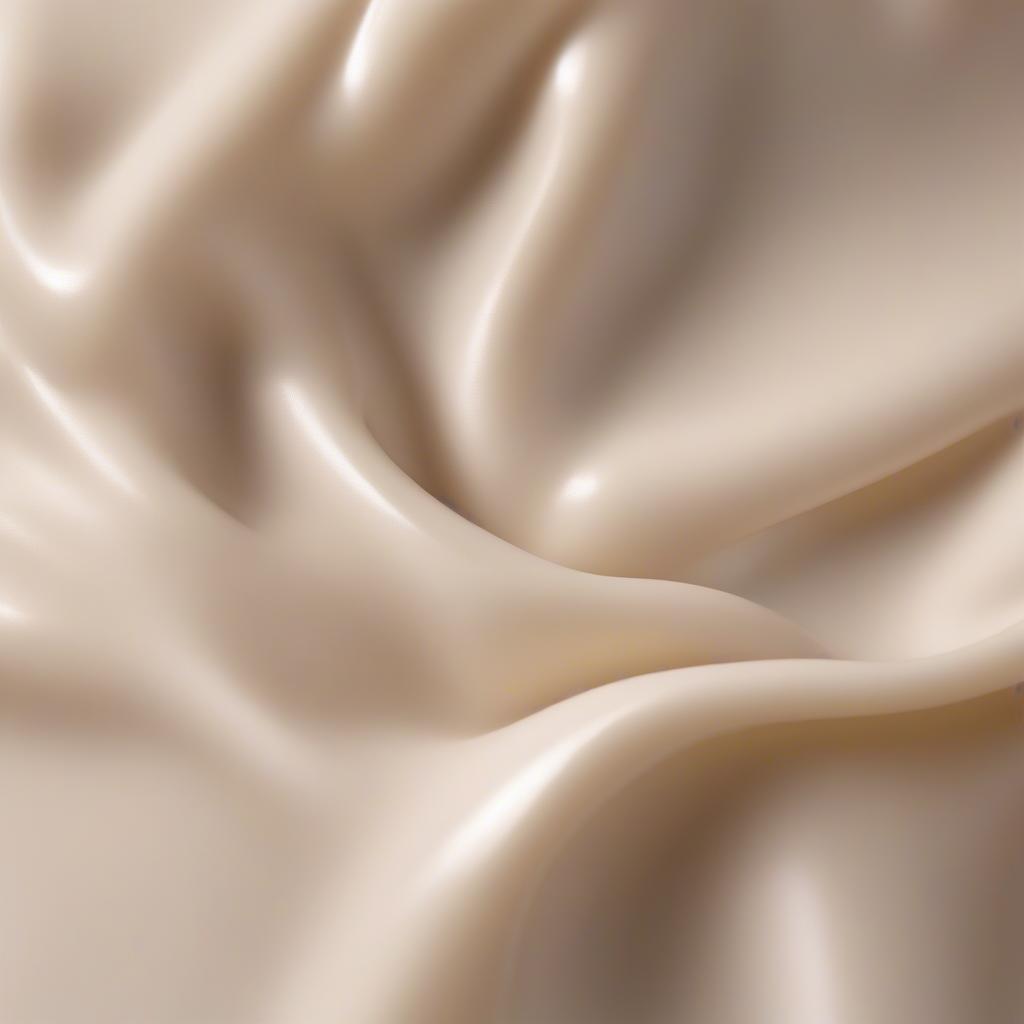Preventing Paint Sweating: A Comprehensive Guide
- AmazoniaSilva
- Tháng 1 18, 2025
- Zodiac signs
- 0 Comments
Paint Sweating is a frustrating issue that can ruin a perfectly good paint job. It occurs when moisture condenses on a freshly painted surface, causing the paint to appear milky or hazy, and in some cases, even leading to peeling. Understanding the causes and prevention methods is key to achieving a flawless and long-lasting finish. This guide will delve into the intricacies of paint sweating and provide actionable advice to avoid this common painting problem.
Understanding the Causes of Paint Sweating
Paint sweating happens when the surface temperature of a freshly painted object is cooler than the surrounding air’s dew point. This temperature difference causes water vapor in the air to condense on the painted surface, much like how condensation forms on a cold glass of water on a humid day. Several factors contribute to this phenomenon, including high humidity, low temperatures, and inadequate surface preparation. Applying paint to a surface that is too cold or damp can also exacerbate the problem.
Humidity and Temperature: The Perfect Storm
High humidity and low temperatures are the primary culprits behind paint sweating. When the air is saturated with moisture and encounters a cooler surface, condensation is inevitable. This is especially prevalent in areas with poor ventilation, such as bathrooms and basements. Knowing the dew point is crucial; if the surface temperature falls below the dew point, sweating will occur.
Surface Preparation: The Foundation of a Good Paint Job
Proper surface preparation is vital to prevent paint sweating. Cleaning the surface thoroughly to remove dirt, grease, and mildew is essential. Any residual moisture on the surface can become trapped beneath the paint, leading to sweating and potentially blistering. Using a primer specifically designed for the surface and the type of paint being used can also create a better bond and help prevent moisture issues.
Preventing Paint Sweating: Best Practices
Preventing paint sweating involves controlling the environmental conditions and ensuring proper surface preparation. Here are some essential steps to follow:
- Control Humidity: Use dehumidifiers or improve ventilation to reduce moisture in the air, especially in enclosed spaces.
- Monitor Temperature: Ensure the surface temperature is above the dew point before painting. Avoid painting in cold or damp conditions.
- Surface Preparation: Clean the surface thoroughly and allow it to dry completely before applying paint.
- Use Primer: Apply a high-quality primer to create a barrier against moisture and improve paint adhesion. sunscreen paint could be a good option for exterior surfaces.
- Thin Coats: Apply thin, even coats of paint to allow for proper drying between coats. Thick coats can trap moisture and increase the risk of sweating.
- Drying Time: Allow adequate drying time between coats and before exposing the painted surface to moisture.
Choosing the Right Paint
Choosing the right paint can also contribute to preventing sweating. waterproof face paint or other moisture-resistant paints can be helpful in high-humidity areas. Consult with a paint professional to determine the best type of paint for your specific needs. yellow and blue face paint may not be as relevant here.
Why is My Paint Still Sweating Despite Precautions?
Sometimes, even with precautions, paint sweating can still occur. This can be due to unforeseen circumstances like unexpected temperature drops or underlying moisture issues within the wall itself.
Troubleshooting Persistent Paint Sweating
If you’re still experiencing paint sweating despite following the preventive measures, you may need to investigate further. Check for leaks or other sources of moisture that could be contributing to the problem. Consulting with a professional can help identify and address any underlying issues.
Expert Insights
Johnathan Miller, a seasoned painting contractor, emphasizes the importance of surface preparation: “A clean and dry surface is paramount to a successful paint job. It’s the foundation upon which everything else builds. Neglecting this step can lead to a host of problems, including paint sweating.” setting spray for face paint can be beneficial in certain situations.
Amelia Carter, a paint chemist, highlights the role of temperature and humidity: “Understanding the interplay between temperature, humidity, and the dew point is crucial. Even the most expensive paint won’t perform well if applied in unfavorable conditions.” light purple body paint may have different drying requirements.
Conclusion
Preventing paint sweating is a critical aspect of achieving a beautiful and durable finish. By understanding the causes and implementing the preventive measures outlined in this guide, you can avoid this frustrating issue and enjoy a flawless paint job for years to come. Remember, controlling the environment and meticulous surface preparation are key to success. Don’t let paint sweating ruin your next project; take the necessary steps to ensure a smooth, even, and long-lasting result.
For any assistance, contact us at [email protected], or visit us at Fifth Avenue, 34th Floor, New York, NY 10118, USA. We have a 24/7 customer support team.

